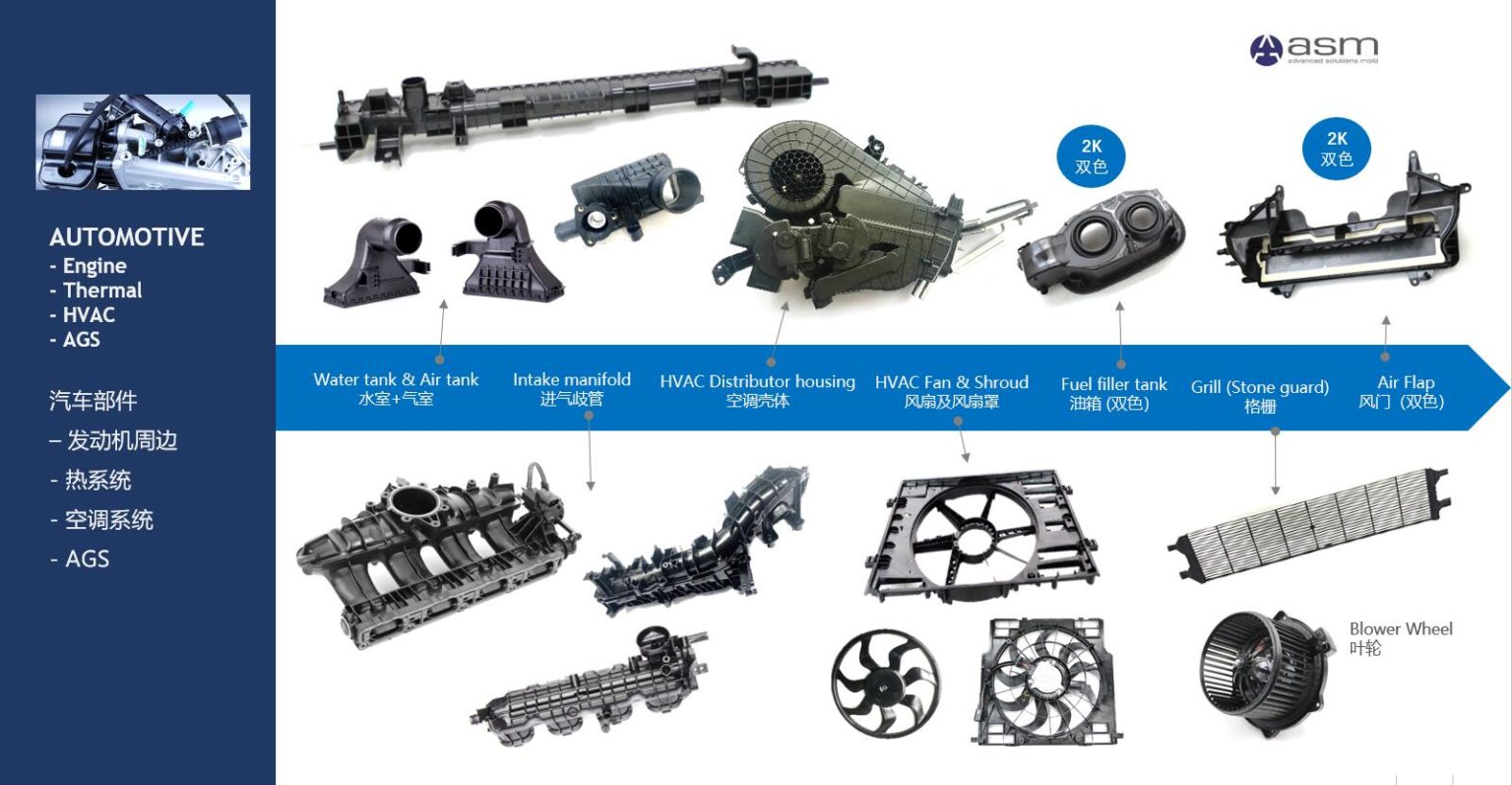Plastics Injection Molding Market
Major factors driving the market studied are accelerating usage in consumer goods and electronics and growing packaging industry demand.To get more news about
2k injection molding, you can visit asm-mold.com official website.
On the flip side, the increasing emergence of 3D printing is expected to hinder the growth of the market.

The adaption of lightweight and electric vehicles is expected to offer various lucrative opportunities for market growth.
The Asia-Pacific region dominated the plastics injection molding market across the world, with the largest consumption from countries such as China, India, and Japan.
Plastics injection molding offers a wide range of solutions, from high-volume packaging to thin wall containers and bottle molds. There is an increased demand for lightweight and increased strength by using less plastic material. The advances in injection molding have led to low cost and less material use, as well as low-weight plastics in the packaging industry. Plastic injection molding is used for rigid bulk packaging, thin-wall packaging, caps, and closures in various industries, including food and beverage, personal care, and cosmetics.
Various plastic products are used for the packaging of food and beverage, which include fruit and vegetables, fresh meats, edible oils and sauces, pots, tubs, trays, ice creams, bottles for beverages, and sliced cooked meats. Plastic injection molded products, such as trays, boxes, shrink wraps, bags, and protective layers, are used for packaging in the food and beverage sector. They are light, hygienic, and can be hermetically sealed to prevent contamination of the contents. Furthermore, plastics are also excellent for rigid packing because of their versatility.
The growing demand for packaging for cosmetics and toiletries, pharmaceuticals, household chemicals, and food and beverages is increasing the demand for injection molded plastics, which is propelling its market.
The rising population, increased spending power, rapid urbanization, and development of the retail sector in regions, including Asia, Eastern Europe, and the Middle East, are factors augmenting the growth of the packaging industry.?
Flexible packaging is used in food packaging applications in low-income countries in South America, Africa, and Asia-Pacific. The popularity and demand for flexible packaging are rising in emerging economies, and the demand is supported by continued economic expansion and an acceleration in the food and beverage industry.
The growing food market in the United States is boosting the packaging market. Food packaging accounts for more than 50% of flexible packaging applications, followed by personal care, medical and pharmaceutical, and industrial applications. The revenue from the food and beverages industry was estimated at USD 21 billion in 2021. The revenue is expected to show an annual growth rate of over 4.7%, resulting in a projected market volume of around USD 25 billion by 2025. Such trends in the food industry are likely to drive the market for plastic injection molding in the country.
Among the developed regions, North America has the largest flexible packaging industry. Moreover, the region has the highest per capita consumption of flexible packaging (USD 71.58) across the world. Europe also has a high per capita consumption of flexible packaging (USD 20.73). However, much lower than in the North American region.
